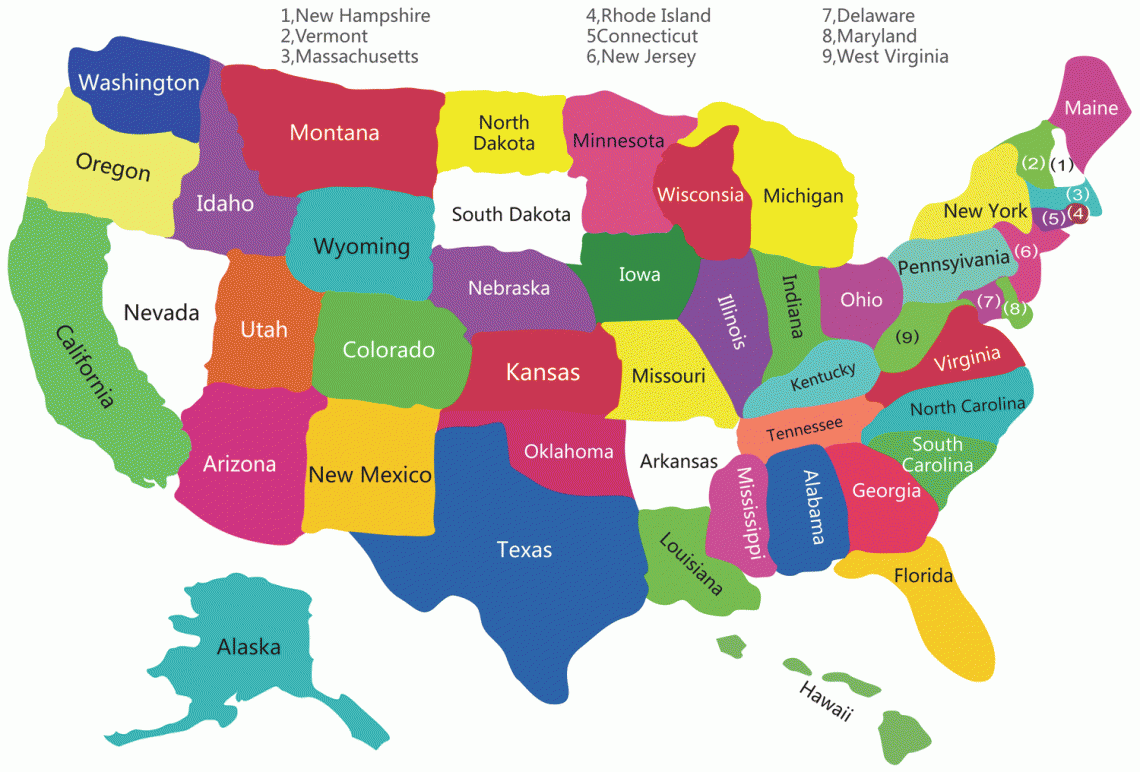On June 25, 2012 Efren Paredes was hopeful that he was inching closer to freedom. The Supreme Court had just ruled in favor of juvenile offenders on Miller v. Alabama, a decision that meant courts could no longer mandatorily dole out life without parole (LWOP) sentences for juveniles convicted of murder. Two years earlier, the Supreme Court had ruled in Graham v. Florida that it was unconstitutional to give life without parole sentences for non-homicide offenses. Miller expanded the ruling to homicides, as well. (Juveniles can still face life sentences, but judges must weigh other criteria before imposing that sentence.)
It wasn’t clear the case applied to Paredes, however, because it had been a long time since he was a juvenile. In 1989, at 16, he was convicted of murdering his boss, Rick Tetzlaff, the manager of the grocery store where he worked. Now, he’s 41, and an inmate at the Muskegon Correctional facility in Michigan. His hope that Miller will affect his case hinges on the legal principle of “retroactivity,” whereby a law is applied to cases that have already been tried.
Whether Miller applies to Paredes’ case remains unclear. This past summer, the Supreme Court refused to weigh in on the issue of retroactivity, and so, for now, it’s up the state courts and legislators to decide if a new decision applies to past cases. Last week, Florida’s highest court heard arguments on retroactivity, and its decision remains to be seen.
In Michigan, Paredes represents one of three hundred or so inmates that will not see a review hearing. If you were sentenced to life without parole as a juvenile there or in Louisiana, Minnesota or Pennsylvania before the 2012 Supreme Court ruling, your chances at a hearing are slim to none, for now.
“A lot of juvenile lifers, they’re very discouraged about what’s going on,” Paredes said. “Some have really been devastated by it because they really put their hope in Miller.”
Paredes maintains hope, but it’s the controlled hope of someone who has spent the majority of his life in prison. He understands how slowly the bureaucratic wheels of justice turn for old cases like his. He also understands that for many judges, the choice of whether not to apply the ruling retroactively to juvenile lifers’ cases will largely depend on whether they hope to be re-elected.
“They don’t want to be the one to give juvenile lifers a second chance. They’re dealing with first-degree murder cases…They don’t want it to be used against them when re-elections come around,” he tells me.
Still when I spoke to Paredes a week ago, he told me that he believes that things are going to work out in his favor. It’s not a declaration made out of blind faith. He’s been studying cases like his and says there’s potential that juvenile lifers will be given a chance at parole in the future. His reasoning: Miller made it to the Supreme Court and so did a companion case, Jackson v. Hobbs. Miller was ruled on direct appeal, but Jackson prevailed on collateral review, meaning Jackson’s sentence had already been handed down, and the ruling was being made post-conviction.
“In order for Jackson to be resentenced, the ruling had to be applied retroactively to his case,” Paredes says. Kuntrell Jackson was granted a new sentencing hearing back in April 2013.
Marsha Levick, Deputy Director, Chief Counsel, and co-founder of the Juvenile Law Center, agrees. It’s a line of reasoning she’s used in state court arguing for Miller to be applied retroactively.
“There’s a very uneven justice happening around us,” she said. “Anyone convicted as a juvenile after June 2012 will have the option of a hearing and be able to present evidence to receive some other sentence, something less than life without parole. But once a law is found cruel and unusual it should apply to every juvenile being affected or sentenced.”
She believes the Supreme Court will eventually have to make a decision, to bring some consistency to the application of the 2012 ruling. Eight states have decided to apply Miller retroactively, most recently Wyoming. Four have not. Those four also happen to be the states with the highest number of juvenile lifers. In the United States, there are currently an estimated 2,000 inmates who are serving mandatory juvenile LWOP sentences that they received before the Miller ruling. The future looks very different, depending on where and when a crime was committed.
“We are unfortunately in a state of flux,” Levick explained. “It’s justice by geography.”









